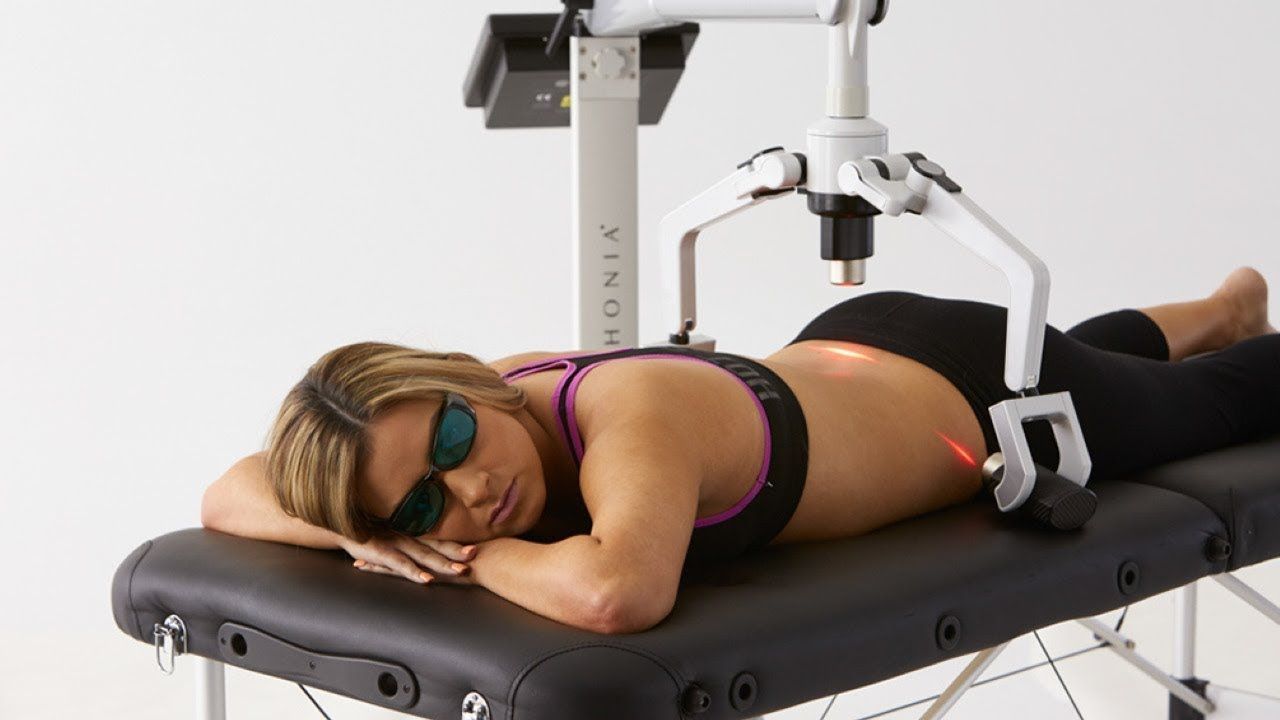3014 N. Hayden Rd, Suite 106 Scottsdale, AZ 85251
Phone:
(480) 882-8385
drjj@catalystwellnessaz.com
3014 N. Hayden Rd, Suite 106 Scottsdale, AZ 85251
Phone: (480) 882-8385
drjj@catalystwellnessaz.com
Lasers VS LED’s - Light Emitting Therapy
The Difference between LED Light Therapy and
Laser Therapy in Scottsdale, AZ

There exists a wide array of lasers and light-emitting diodes (LEDs) accessible, each serving diverse medical purposes. Although LEDs may exhibit efficacy in specific scenarios, their capabilities often pale in comparison to the potent energy output inherent in authentic laser therapy. In direct contrast to LEDs, genuine lasers have the capacity to channel a substantially greater amount of energy into bodily tissues. As an alternative, the implementation of low-level laser therapy emerges as a more robust means of energy administration, with versatile applications across a multitude of medical conditions.
Understanding Laser Light
Laser, an acronym for "light amplification by stimulated emission of radiation," denotes a mechanism engineered to emit electromagnetic radiation through the process of stimulated emission. This innovation concentrates its energy into discrete packets called photons, which effortlessly permeate bodily tissues. This feature enables medical professionals to precisely target treatment areas, facilitating effective remedies for conditions like chronic back pain.
Key attributes defining laser light encompass:
Monochromatic Nature: Laser light is composed of an exceptionally narrow spectrum of wavelengths, rendering lasers exceptionally adept at tissue absorption.
Coherent Design: Coherence, a pivotal facet of laser light, profoundly influences its travel distance and penetration capabilities. The coherent nature of light energy empowers it to bestow beneficial effects at deeper levels within the body.
Understanding Light-Emitting Diodes (LEDs)
A light-emitting diode, commonly known as LED, functions as a diode that emits light. Bridging the qualities of lasers and conventional light bulbs, LEDs operate by reuniting electrons with electron holes within the device. This recombination unleashes energy in the form of photons. The specific hue of the emitted light precisely delineates the light's attributes and corresponding energy discharge.
In their initial iterations, LEDs emitted low-intensity red light. However, contemporary advancements have expanded the LED spectrum to encompass a broader range of wavelengths, including infrared – a critical component for facilitating deep tissue penetration. LEDs operate as a non-coherent and divergent source of illumination, radiating light in all directions. While LEDs exhibit rapid switching capabilities, they lack the capacity for super-pulsation.

Contrasting Laser Light with LEDs
When comparing the light emissions of LEDs and lasers, a pivotal distinction emerges: LED light is non-coherent and divergent. The divergence of LED light results in a higher energy wastage and necessitates specialized optics to concentrate the available energy onto intended zones. Conversely, lasers exhibit superior energy conservation and offer precise targeting capabilities for optimized treatment.
Do Lasers Outperform LEDs in Effectiveness?
Therapeutic efficacy relies on the proficient delivery of substantial light energy to the target area for symptom improvement. In this regard, lasers notably excel in achieving a therapeutic depth and ensuring optimal energy delivery. Given that a substantial portion of light energy dissipates while traversing bodily tissues, lasers necessitate higher initial power at the surface. This elevated power enhances the laser's capacity to furnish ample energy across diverse depths, thus augmenting its effectiveness.
Diverse Applications of Low-Level Laser Therapy
Low-level laser therapy emerges as a versatile intervention capable of enhancing various medical conditions. Often referred to as cold laser therapy, this swift and painless procedure offers multifaceted relief from an array of symptoms. Notably, the non-pharmacological nature of cold laser therapy positions it as a valuable tool in managing distressing symptoms, presenting a viable alternative to opioid medications.
Physicians readily harness laser treatments due to their proven safety and efficacy. Furthermore, laser therapies contribute to the avoidance of elaborate surgical procedures, which often entail prolonged recovery periods and discomforting side effects. While certain situations may necessitate traditional surgery, the existence of non-invasive treatment options warrants consideration to circumvent extensive surgical interventions.
Advantages of Low-Level Laser Therapy
Opting for low-level laser treatments offers a practical avenue for individuals seeking body contouring solutions or relief from chronic pain and foot fungus. The duration of a typical low-level laser treatment lasts around 30 to 40 minutes, although individual variations may occur. Typically, patients undergo three laser sessions weekly for two weeks, amounting to a total of six treatments. Nevertheless, the precise number of sessions hinges upon the specific treatment requirements.
The non-surgical nature of laser treatments translates to a painless and comfortable experience for patients, enabling an immediate return to their daily routines. Notably, non-surgical fat reduction treatments eliminate the need for incisions, minimizing downtime and the potential for scarring. Diverging from conventional methods, laser procedures sidestep the necessity for anesthesia, consequently leading to a notably expedited recovery phase.
Overall, non-invasive therapeutic approaches offer efficacious solutions while upholding paramount patient safety.
Catalyst Wellness offers Cold Laser Therapy for Pain Management and much more.



Copyright © 2022 Catalyst Wellness. All Rights Reserved.



